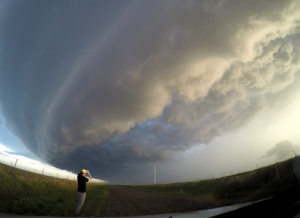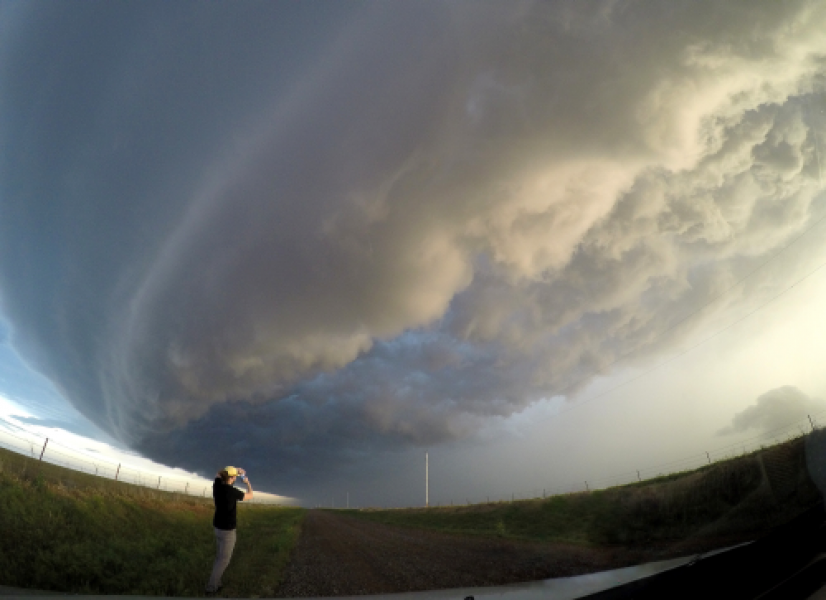Taszarek, M., Allen, J. T., Groenemeijer, P., Edwards, R., Brooks, H. E., Chmielewski, V., & Enno, S. (2020). Severe Convective Storms across Europe and the United States. Part I: Climatology of Lightning, Large Hail, Severe Wind, and Tornadoes, Journal of Climate, 33(23), 10239-10261.
DOI: https://doi.org/10.1175/JCLI-D-20-0345.1
Taszarek, M., Allen, J. T., Púčik, T., Hoogewind, K. A., & Brooks, H. E. (2020). Severe Convective Storms across Europe and the United States. Part II: ERA5 Environments Associated with Lightning, Large Hail, Severe Wind, and Tornadoes, Journal of Climate, 33(23), 10263-10286.
Each year, hazards associated with severe convective storms across Europe and the United States, i.e. lightning, tornadoes, severe wind gusts, heavy precipitation and hailstorms lead to hundreds of fatalities and losses in the excess of 30 bln USD. Due to their violent and local nature, their forecasting, detection and evaluation of their climatological frequency is not an easy task. Prior work have focused primary on selected aspects of severe storm occurrence, mainly in the United States and often using a single database approach. In this project, an international research team led by Dr. Mateusz Taszarek (Faculty of Geographical and Geological Sciences, AMU) evaluated climatological aspects of severe convective storms using the synthesis of the most up-to-date observational and numerical datasets over the period of 41 years (1979-2019), and compared European storms with those in the United States. For this purpose, ATDnet and NLDN lightning detection network datasets, ESWD and SPC Storm Data severe weather reports, and ECMWF 5th generation reanalysis (ERA5) were compared. Results indicate that each year approximately 75–200 thunderstorm hours occur over the southwestern, central, and eastern United States, with a peak over Florida (200–250 h). The activity over the majority of Europe ranges from 15 to 100 h, with peaks over Italy and mountains (Pyrenees, Alps, Carpathians, Dinaric Alps; 100–150 h). The highest convective activity over continental Europe occurs during summer and over the Mediterranean during autumn. The United States peak for severe storms is in spring over the Great Plain and Southeast, and shifts to summer across Midwest. Evaluation of atmospheric environments for over 800 000 severe weather reports indicated that storm severity increases along with increasing vertical wind shear and instability, which reach notably higher values across the United States. Thunderstorms over Europe have a higher probability for convective initiation given a favorable environment. Conversely, the lowest probability for initiation is observed over the Great Plains, but, once a thunderstorm develops, the probability that it will become severe is much higher compared to Europe. Research indicate that even though environmental potential for extreme convective storms is around 4x higher across the United States compared to Europe, the threat over Europe should not be underestimated, as severe weather outbreaks with damaging winds, very large hail, and significant tornadoes occasionally occur over densely populated areas.





